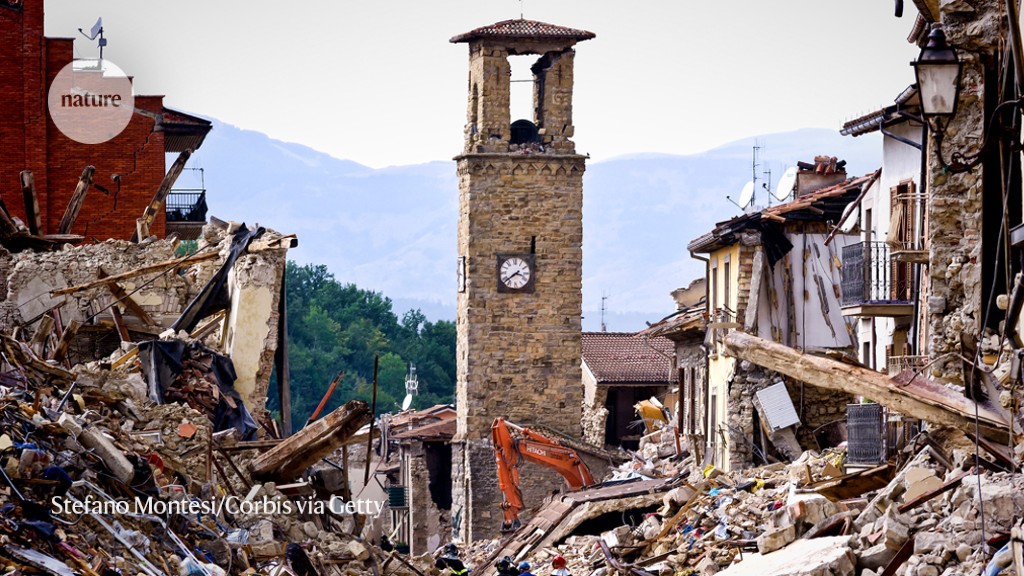- cross-posted to:
- [email protected]
- cross-posted to:
- [email protected]
Models trained on large data sets of seismic events can estimate the number of aftershocks better than conventional models do.
So it’s more accurate at predicting but they don’t say how much more accurate.
The footnotes link to the scientific papers being written about, so you can read them if you want more detailed information.
It’s just disappointing Nature coverage. I shouldn’t have to read the footnotes as well.
…You shouldn’t have to read the details to get detailed information. Ok. 😐
I think it’s perfectly reasonable to have the first question people will ask be answered in a scientific article.
The article explains what most folks would be interested in, and links to the papers for folks who want more info and specific details.
The information is there. But I think you were just looking for something to complain about.
Holy moley, are you just arguing to argue, or…?
No, just irritated with people who can’t be bothered to actually read.
Unsurprising. Needs further study to establish reliability, but this is a textbook case where predictive AI would excel.





